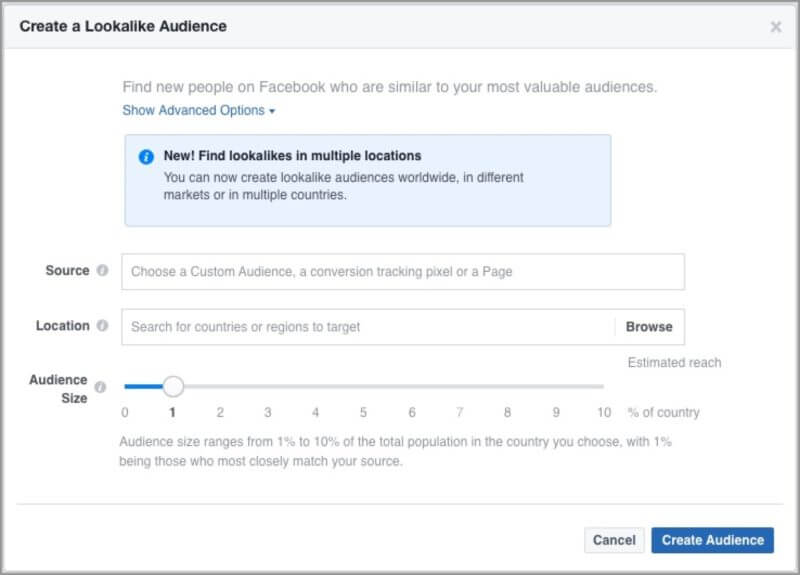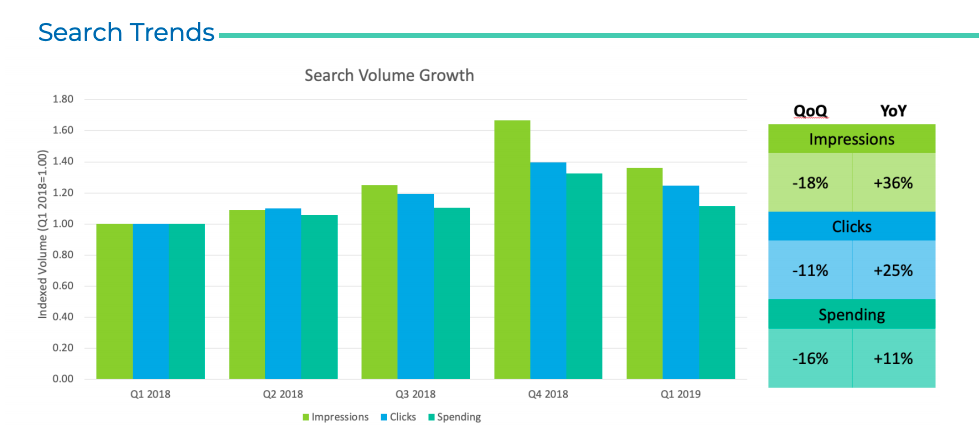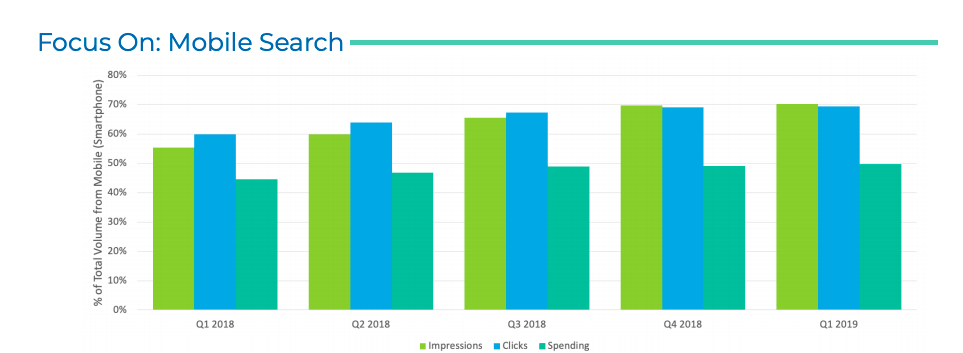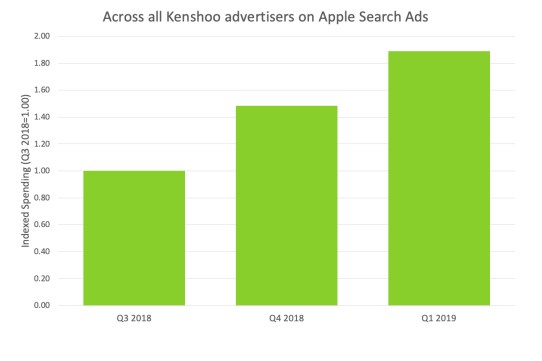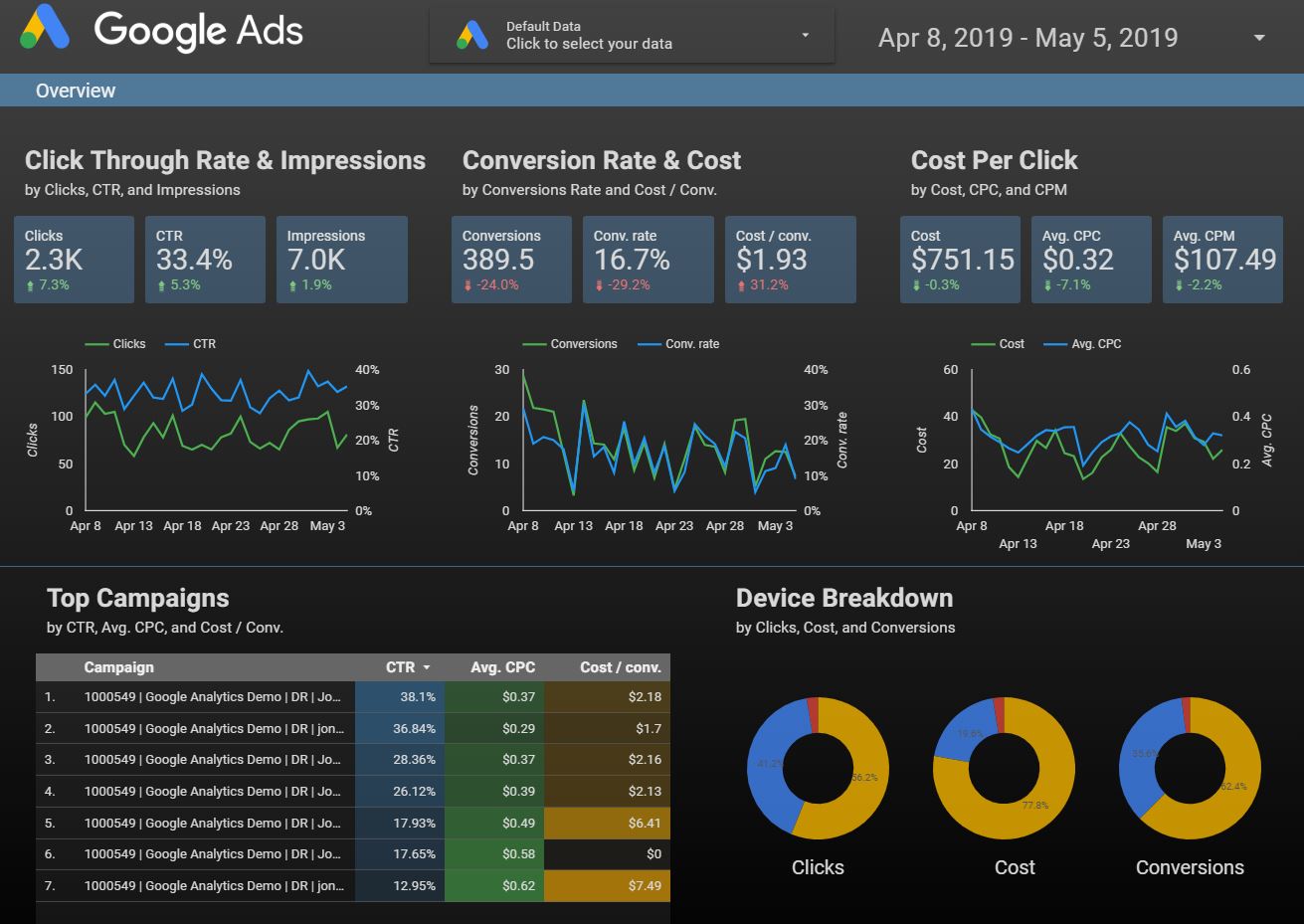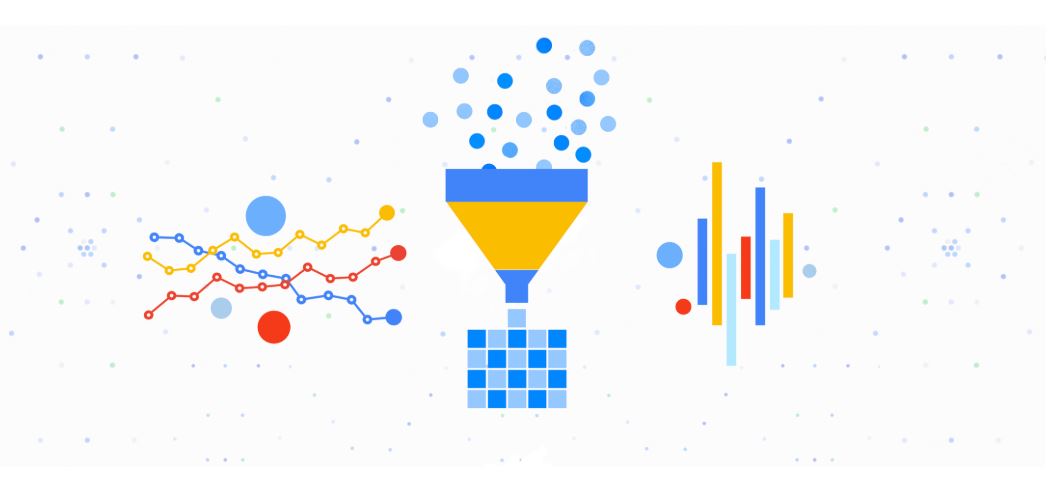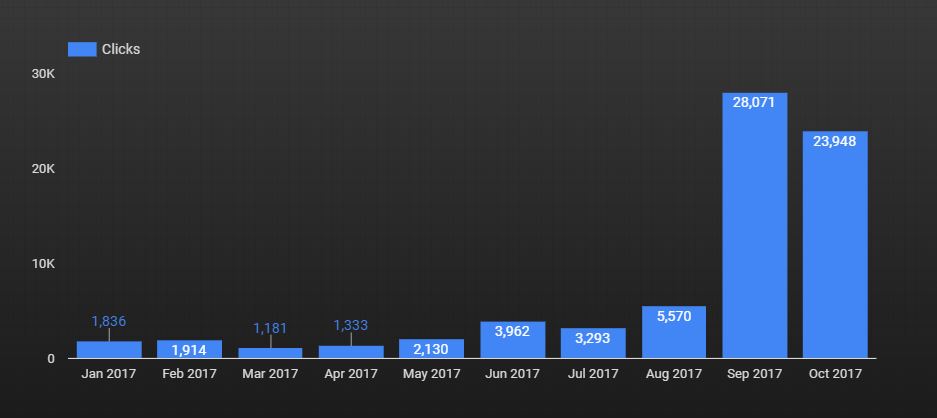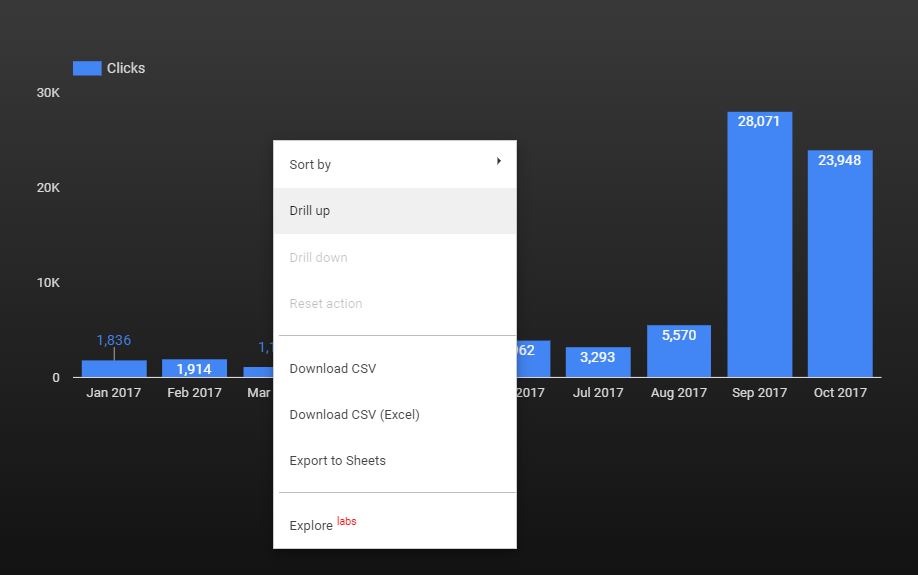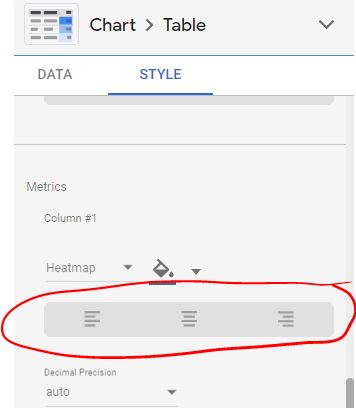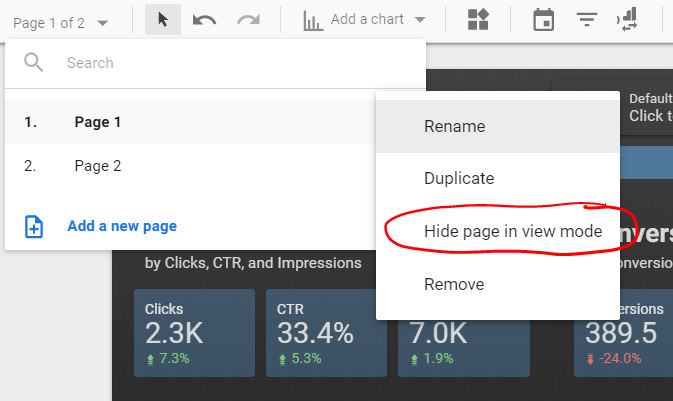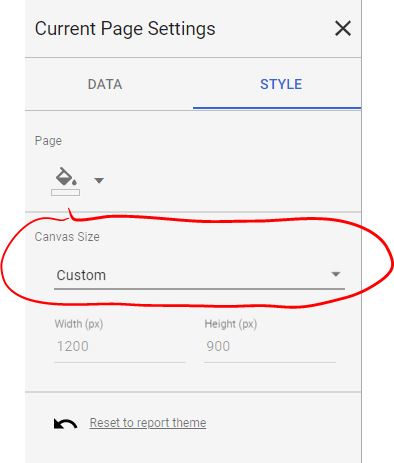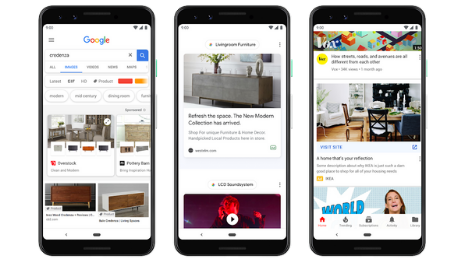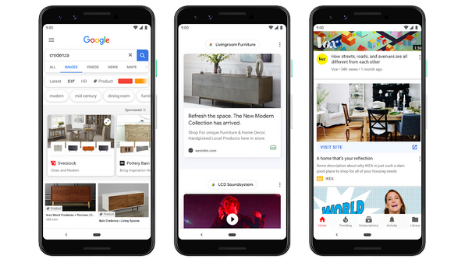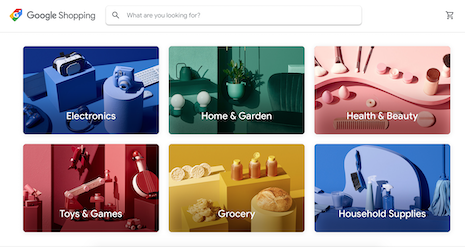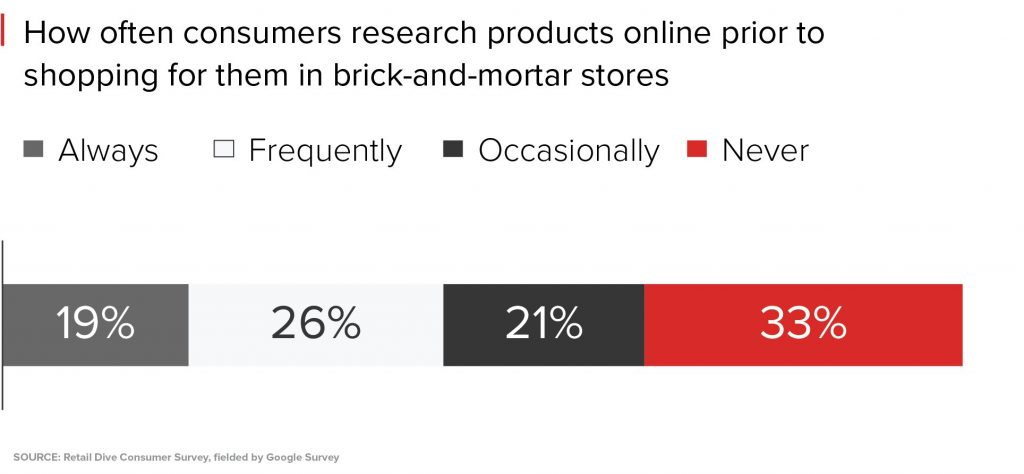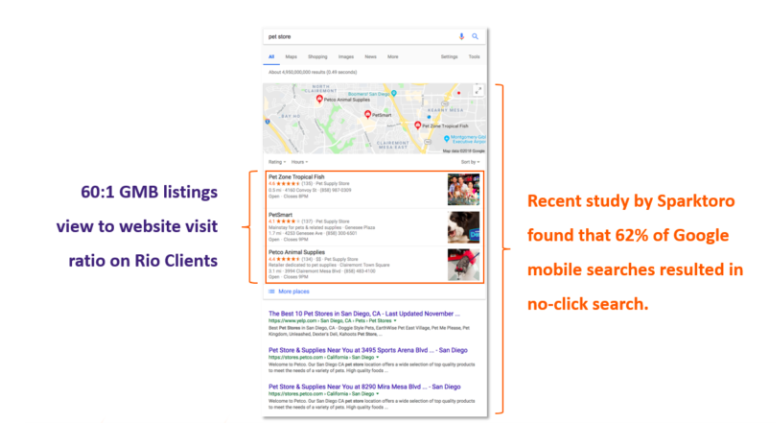
Facebook’s Lookalike Audiences have long been a favorite ad targeting tool for advertisers, allowing marketers to use Custom Audience lists to find like-minded users on the platform. Advertisers can select their Lookalike Audience size from 1% to 10% — the smaller the audience size, the more closely the results will match the source list.
Many advertisers have relied on the laser-focused capability of 1% Lookalike Audiences since the launch of the ad targeting tool all the way back in 2013, but some are no longer seeing the results they once experienced.
What’s happening with 1% Lookalike Audiences?
“We have used 1% Lookalike audiences since it has been available, and we were pretty happy with the results,” said Pierre-Olivier Carles, CEO of the social media marketing agency Digidust. Carles said his agency’s best campaigns were based on Pixels’ data rather email databases or FB Pages audiences.
“The beauty of the 1% Lookalike targeting was to help us reach the right people even when the demographics were not obvious,” said Carles, “We don’t feel it works anymore unless you can build that audience on the Pixel — but in that case, your website has to provide enough traffic to make it accurate, especially as you don’t want to base that Lookalike Audience on older visits to keep pace with your market.”
Gil David, a Facebook ads specialist and founder of Run DMG, said he’s noticed a drop in results during the past three to four months.
“Lookalike performance dipped somewhat after Facebook stopped using third-party data for a while last year, but began to return a few months after,” said David. “However, now 2% and 3% Lookalike Audiences seem to be the best and I’ve also had higher — 4% and 7% — doing well in some accounts.”
Is 2%+ the new sweet spot?
David said the 2% and 3% audience size seem to be optimal for the campaigns he’s managing right now. He also has found success layering two different 1% Lookalike Audience lists on top of each other.
“I would always continue to test 1% Lookalike Audiences because, with the way Facebook ads are, they could suddenly make a comeback, but I’m much more likely to start off with 2%+ now or layering two 1% lists on top of each other,” said David.
Carles said his agency used to test the broader Lookalike Audience ranges, but never got the results they wanted. He plans to keep using the 1% Lookalike targeting, but only when the products or messaging is highly specific.
“For example, we work with a chain of restaurants, and our goal is not to build brand awareness but to bring more people to each of their locations. In that particular case, the 1% Lookalike Audience that we base on their email databases works fine when we narrow it based on the location of the restaurants,” said Carles.
Too popular or not enough privacy?
David believes the lack of results happening with 1% Lookalike Audiences is the outcome of the ad targeting tool being promoted as a type of “hack” for advertisers new to the platform who assume 1% audiences will automatically perform better — which leads to more crowded 1% audience pools.
“There has also been a general trend of broader audiences performing better, these would generally start off with a larger size than the standard 2.1 million people in a U.S. 1% Lookalike Audience — so that would also have an impact too,” said David.
Carles see it as part of a bigger trend and a clear sign of what’s to come in terms of Facebook advertising.
“Many industries — like politics or real estate — now have specific terms of use to protect people’s privacy, and I guess Facebook has updated its algorithms for Lookalike Audiences to take that trend into account. I think we will see these restrictions increase in the future,” said Carles.
He points out the paradox Facebook advertisers are currently faced with — that the platform has more data than ever, but it’s no longer available to marketers. “I am not saying it is bad — and privacy definitely matters — but it’s a fact.”
Not the end, just a new beginning
Carles doesn’t believe 1% Lookalike Audiences will pick back up.
“More businesses are running more campaigns, and the real estate in users’ timelines, Stories, Messenger, etc. is not an infinite resource and can be quickly saturated,” said Carles.
On top of a saturated market, there is also the coming ‘Clear History’ tool which lets users disconnect their off-Facebook activity from their profile, potentially limiting the amount of ad targeting data available and impacting Lookalike Audiences of all sizes.
The bigger picture here is that Facebook is undergoing major shifts that will impact marketers who have long relied the platform’s unparalleled ad targeting capabilities. The diminishing returns advertisers are seeing from 1% Lookalike Audiences may just be the tip of the iceberg as the company transitions to a privacy-focused messaging platform.
Marketers may feel like they are coming to the end of an era in terms of Facebook’s ad targeting goldmine, but the consequences of having access to such a goldmine have come at a cost in terms of user privacy and data security. Consumers are growing weary of social platforms as they become more aware of how their information is collected and how it used for ad targeting purposes — a shift that could significantly impact their online behavior and how they engage with brands. These changes in campaign results may not be “the end” of ad targeting — but potentially mark a new beginning for brands and how they build relationships with their audiences.


